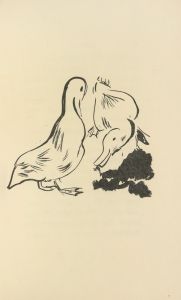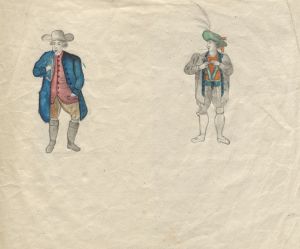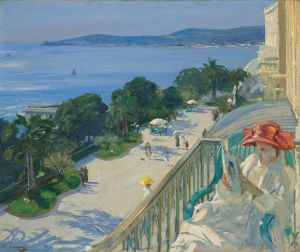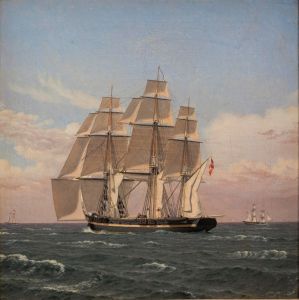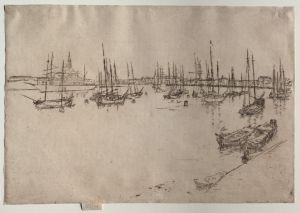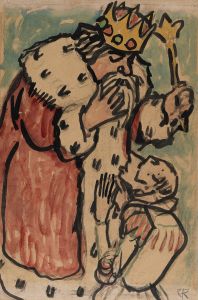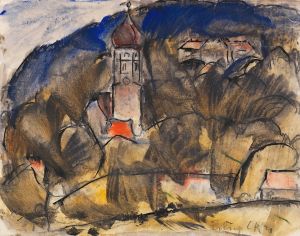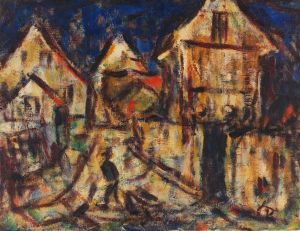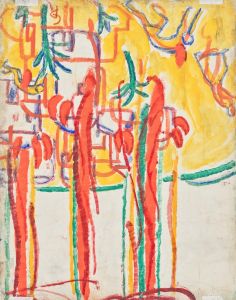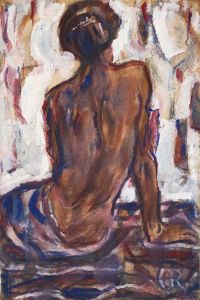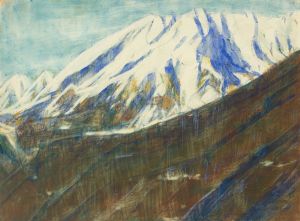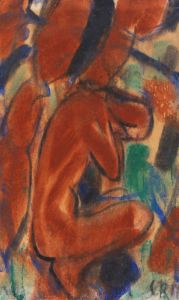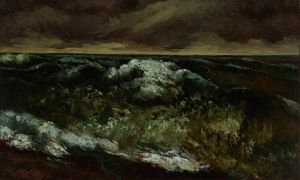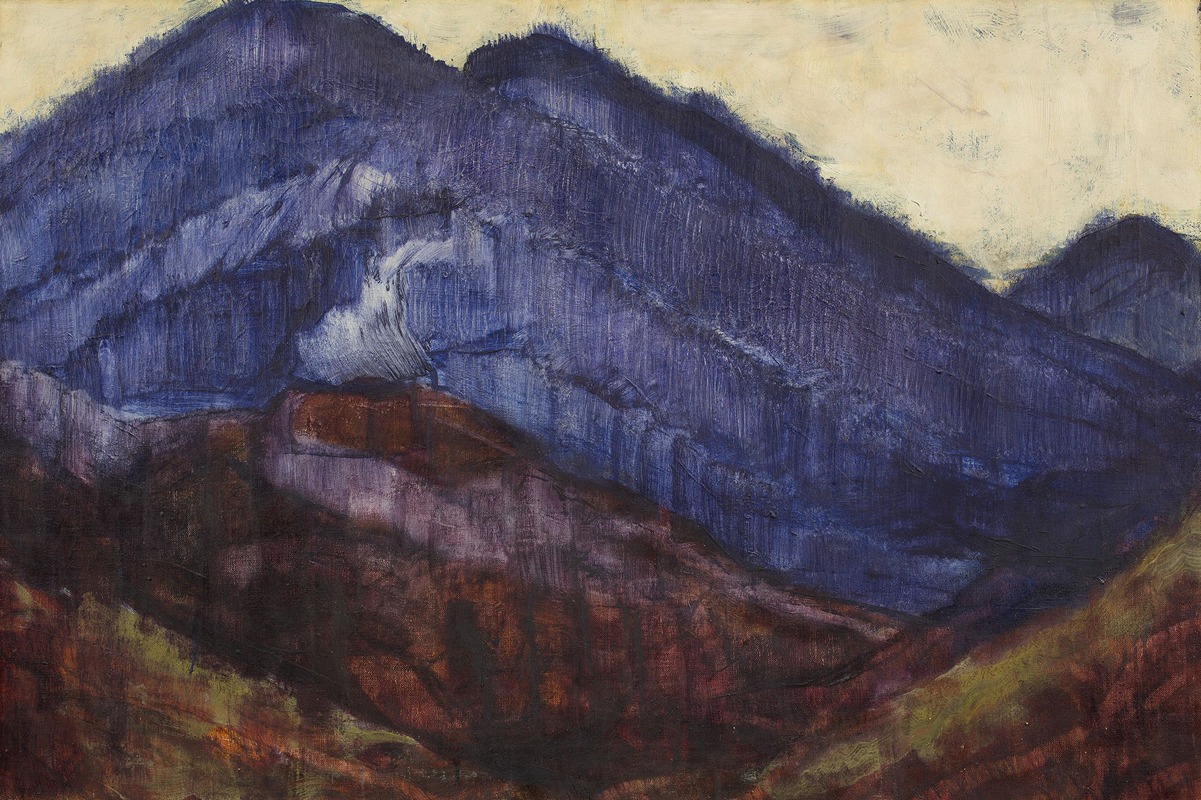
Die blauen Berge
A hand-painted replica of Christian Rohlfs’s masterpiece Die blauen Berge, meticulously crafted by professional artists to capture the true essence of the original. Each piece is created with museum-quality canvas and rare mineral pigments, carefully painted by experienced artists with delicate brushstrokes and rich, layered colors to perfectly recreate the texture of the original artwork. Unlike machine-printed reproductions, this hand-painted version brings the painting to life, infused with the artist’s emotions and skill in every stroke. Whether for personal collection or home decoration, it instantly elevates the artistic atmosphere of any space.
Christian Rohlfs was a prominent German painter associated with the Expressionist movement. Born in 1849, Rohlfs initially studied at the Grand Ducal Saxon Art School in Weimar. Over his lifetime, he developed a distinctive style characterized by bold colors and dynamic forms, contributing significantly to modern art in Germany.
"Die blauen Berge" (The Blue Mountains) is one of Rohlfs' notable works, although specific details about this painting are not extensively documented in public records. Rohlfs' oeuvre often explored landscapes, and it is likely that "Die blauen Berge" fits within this thematic interest, reflecting his fascination with natural forms and his ability to convey emotional depth through color and composition.
Rohlfs' artistic journey was marked by a gradual evolution from academic realism to a more expressive and abstract style. In his early career, he was influenced by Impressionism and Post-Impressionism, which is evident in his use of light and color. However, as he matured as an artist, Rohlfs embraced Expressionism, a movement that sought to depict subjective emotions and experiences rather than objective reality.
The Expressionist movement, which gained momentum in the early 20th century, was characterized by its emphasis on individual perspective, often using vivid colors and exaggerated forms to convey emotional states. Rohlfs became associated with this movement, and his works from this period reflect its core principles. His paintings often feature intense colors and dynamic brushstrokes, aiming to evoke a visceral response from the viewer.
"Die blauen Berge" likely exemplifies these characteristics, with its title suggesting a focus on a mountainous landscape rendered in blue hues. The use of blue could be significant, as colors in Expressionism were often chosen for their emotional resonance rather than their naturalistic representation. Blue, in particular, can evoke a range of emotions, from tranquility to melancholy, and Rohlfs may have used it to convey a specific mood or atmosphere in this work.
Throughout his career, Rohlfs was recognized for his contributions to modern art. He was a member of the Berlin Secession, an influential group of artists who sought to break away from traditional academic art. His work was exhibited widely, and he gained a reputation as a leading figure in the German art scene.
Despite his success, Rohlfs' career faced challenges, particularly during the rise of the Nazi regime in Germany. In 1937, his works were labeled as "degenerate art" by the Nazis, and many were removed from public collections. This period was a difficult time for many artists in Germany, as the regime sought to suppress artistic expression that did not align with its ideology.
Christian Rohlfs continued to paint until his death in 1938, leaving behind a legacy that has been increasingly appreciated in the years following World War II. His works are now held in numerous collections and continue to be studied for their contribution to the development of modern art.
While specific information about "Die blauen Berge" is limited, it remains a part of Rohlfs' broader body of work, which is celebrated for its emotional depth and innovative use of color and form. His paintings continue to inspire and resonate with audiences, reflecting the enduring power of Expressionist art.





